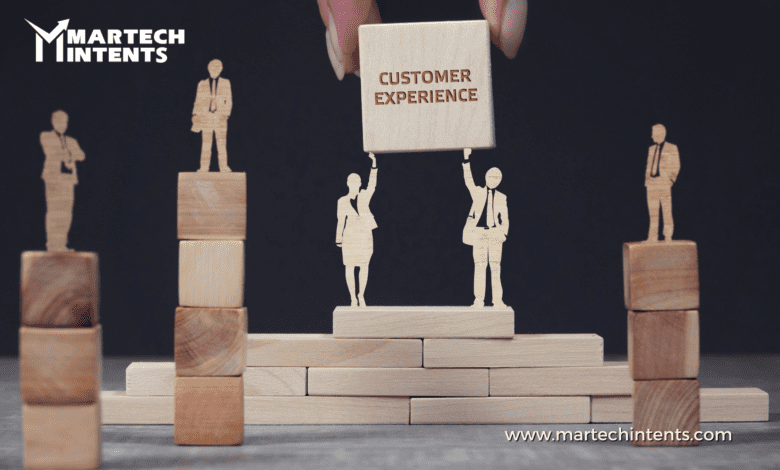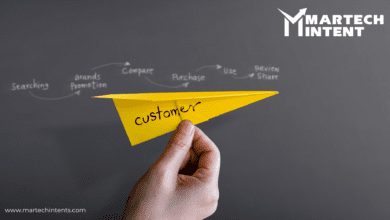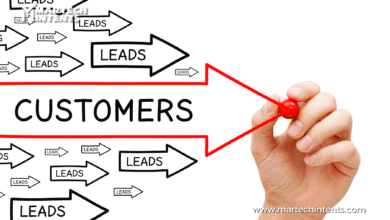Harnessing MarTech for Customer Experiences: Best Practices

MarTech for Customer Experiences:
In today’s customer-centric business landscape, utilizing marketing technology (MarTech) to create positive customer experiences has become a top priority for businesses across industries.
MarTech tools offer valuable capabilities to personalize interactions, streamline processes, and deliver seamless experiences.
In this blog post, we will explore best practices for leveraging MarTech to create memorable and positive customer experiences, fostering long-term customer loyalty and advocacy.
I. Understand Customer Needs and Preferences:
To create positive customer experiences, it is crucial to have a deep understanding of customer needs, preferences, and pain points.
Utilize MarTech tools such as customer relationship management (CRM) systems, analytics platforms, and customer feedback mechanisms to gather data and insights.
Leverage this information to segment customers, create customer personas, and develop targeted strategies that align with their preferences.
II. Personalize Interactions at Scale:
Personalization is key to delivering positive customer experiences. MarTech tools enable marketers to personalize interactions at scale.
Leverage customer data and behavioral insights to deliver relevant and tailored content, offers, and recommendations.
Utilize marketing automation platforms and customer journey mapping tools to automate personalized touchpoints throughout the customer journey, ensuring consistent and meaningful experiences.
III. Seamless Omni-Channel Experiences:
In today’s multi-channel world, customers expect a seamless experience across all touchpoints. MarTech facilitates the delivery of consistent experiences by integrating various channels, such as websites, mobile apps, social media, and offline interactions.
Ensure that customer data and interactions are synchronized across channels, enabling a cohesive experience and seamless transitions as customers engage with your brand through different touchpoints.
IV. Enable Self-Service and Empower Customers:
MarTech empowers businesses to provide self-service options and empowers customers to find information, resolve issues, and make purchases on their own terms.
Implement self-service portals, chatbots, and knowledge bases to enable customers to access relevant resources and support. This reduces friction, enhances convenience, and improves overall customer satisfaction.
V. Proactive Communication and Timely Support:
MarTech tools enable businesses to engage in proactive communication and deliver timely support. Leverage automation platforms, chatbots, and social media listening tools to monitor customer interactions, identify potential issues or inquiries, and respond promptly.
Be proactive in addressing customer concerns, providing relevant information, and offering assistance throughout their journey with your brand.
VI. Data-Driven Decision-Making:
Leverage MarTech tools to collect, analyze, and interpret customer data. Utilize data analytics platforms, customer feedback mechanisms, and sentiment analysis tools to derive actionable insights.
Make data-driven decisions to refine and optimize customer experiences continuously. Monitor key performance indicators (KPIs) and customer satisfaction metrics to measure the impact of your MarTech initiatives and identify areas for improvement.
VII. Regularly Update and Optimize MarTech Stack for MarTech for customer experiences:
The MarTech landscape is continuously evolving. Regularly assess your MarTech stack to ensure it aligns with your customer experience goals.
Stay informed about emerging technologies, trends, and industry best practices. Explore new tools and integrations that can enhance your customer experience efforts.
Regularly update and optimize your MarTech stack to keep pace with evolving customer expectations and market dynamics.
Learn more about Enhancing Customer Experience (CX) with MarTech: Unlocking the Power of Technology
Conclusion: MarTech for Customer Experiences
Leveraging MarTech to create positive customer experiences is a strategic imperative for businesses in today’s competitive landscape.
By understanding customer needs, personalizing interactions, providing seamless omnichannel experiences, enabling self-service options, delivering timely support, leveraging data-driven insights, and regularly optimizing the MarTech stack, businesses can foster long-lasting customer relationships and drive loyalty.
Embrace these best practices and harness the power of MarTech to elevate your customer experiences and gain a competitive edge in the market.




